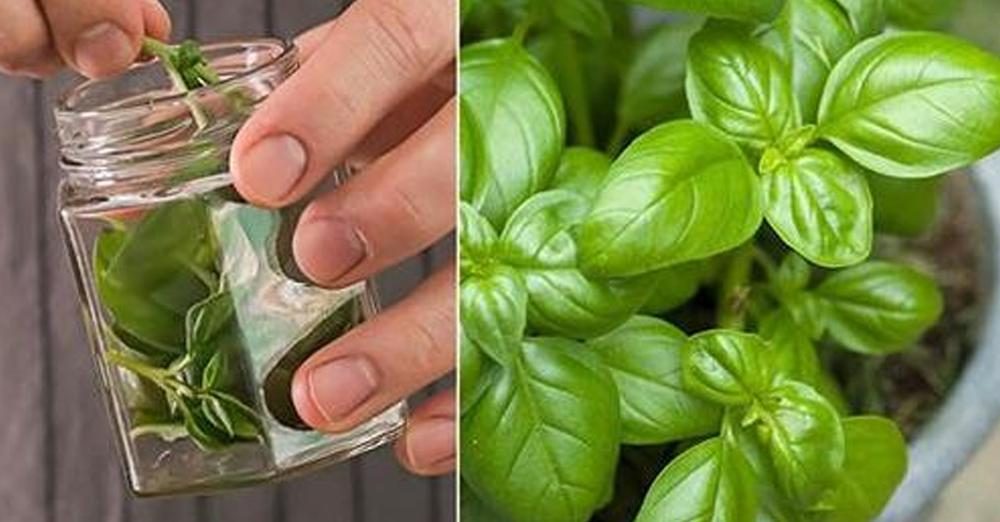;)
Whereas spices usually refer to the buds, fruits, flowers, seeds, or roots of a plant, herbs refer mostly to the leaves. Cooking with herbs and spices can open up a whole new culinary world for the home cook, but it’s important to know how to use them correctly. Use too little and you will be underwhelmed. But use too much and the flavor might just smack you in the face. Read on for a few guidelines on how to use herbs skillfully.
When buying herbs, always look for the best quality you can find. Fresh potted herbs are convenient, especially if it’s a variety you use often. Don’t buy dried herbs in bulk, as they can quickly lose their flavor and become bland. Herbs should never overpower your dish. Only add enough to impart the desired flavor to your dish.
Basil – the crushed leaves are a perfect match for tomato-based dishes, pesto, eggplant, and squash.

Bay leaves – these leaves have a pungent aroma and is one of the most important herbs in stocks, stews, and braised meats.
Chives – the leaves look a lot like grass. It imparts an onion flavor to salads, egg dishes, fish, and soups. It’s a great herb to use where you want the flavor of onion without it being overpowering.
Dill – the crushed leaves are known for their ‘dill pickle flavor’. It’s an herb commonly found in salads, fish dishes, and even some vegetables.

Marjoram – this greenish grey herb has a slight minty flavor and has a similar taste to oregano, even though it’s a bit milder. It goes well with ground and braised meats, sauces, and poultry.
Mint – an aromatic herb that most of us are familiar with. Mint gives a cool flavor to fruit-based dishes, beverages, and vegetables.

Oregano – the herbs is well-known for its use in pizza, and Italian and Mexican based dishes.
Parsley – probably the most widely used herb. Parsley comes in the two main varieties: common parsley or curled leaf and Italian (flat) parsley, which is said to have a more robust flavor.

Rosemary – this herb is not for novice cooks. The leaves look like pine needles and have a strong lemony-pine flavor. Although it matches well with lamb, poultry, and meat-based dishes, it can often taste bitter. Rather add less than more!
Sage – these fuzzy leaves go well with pork, poultry, fish, and vegetable dishes. It’s especially popular in pastas, where it’s used to make a burnt butter sauce.

Tarragon – the crushed leaves have both a licorice and minty flavor. It’s used in bearnaise sauce, chicken and fish dishes, and salads and dressings.
Thyme – these tiny leaves are very aromatic. It’s one of the most versatile (and most used) herbs in the kitchen. It goes well with almost any savory dish, and even matches well with dessert too!

Remember that dried herbs are much stronger than fresh ones. So never substitute it in the same ratio. A general rule of thumb is to use 1 tsp of dried herbs for every 3 tsp of fresh herbs.
;Resize,width=712;)

;Resize,width=712;)
;Resize,width=767;)
